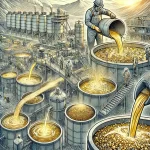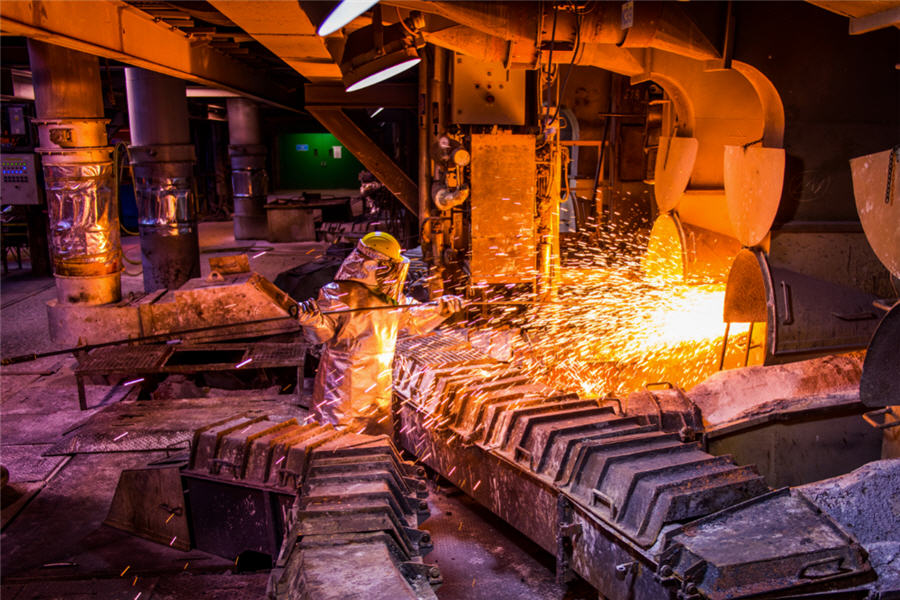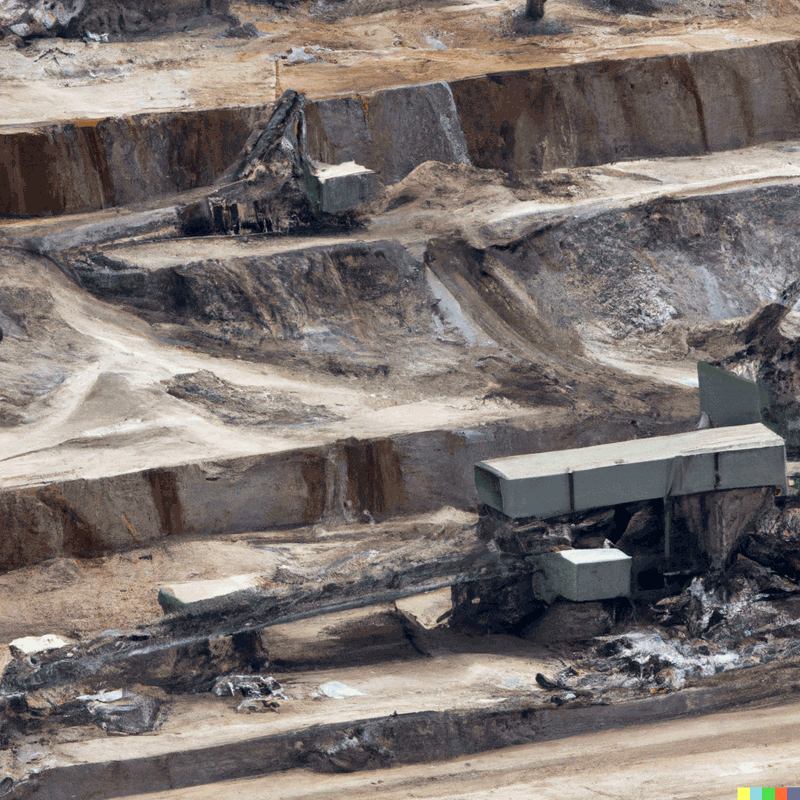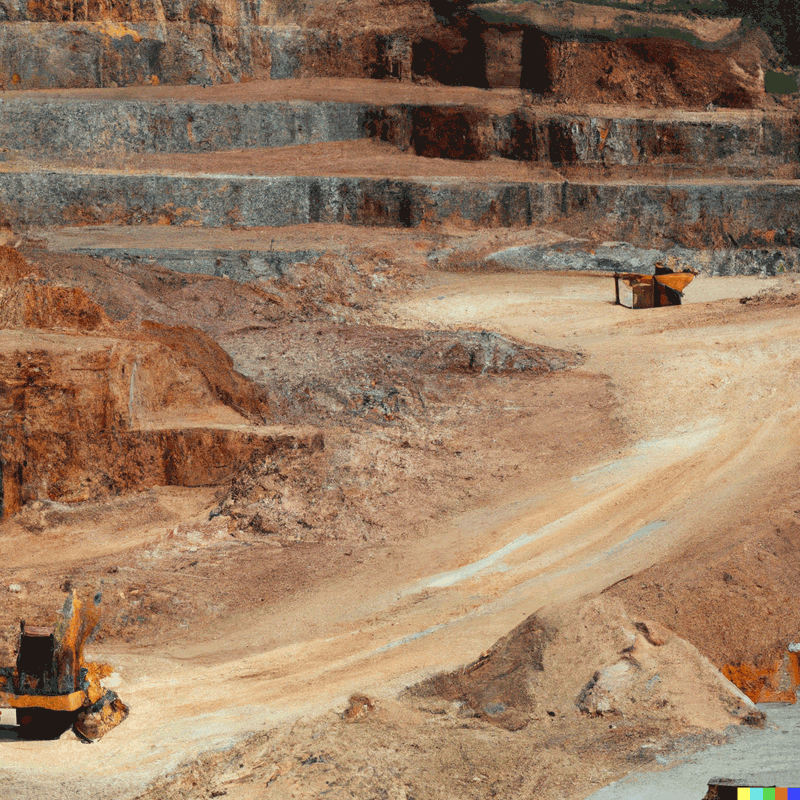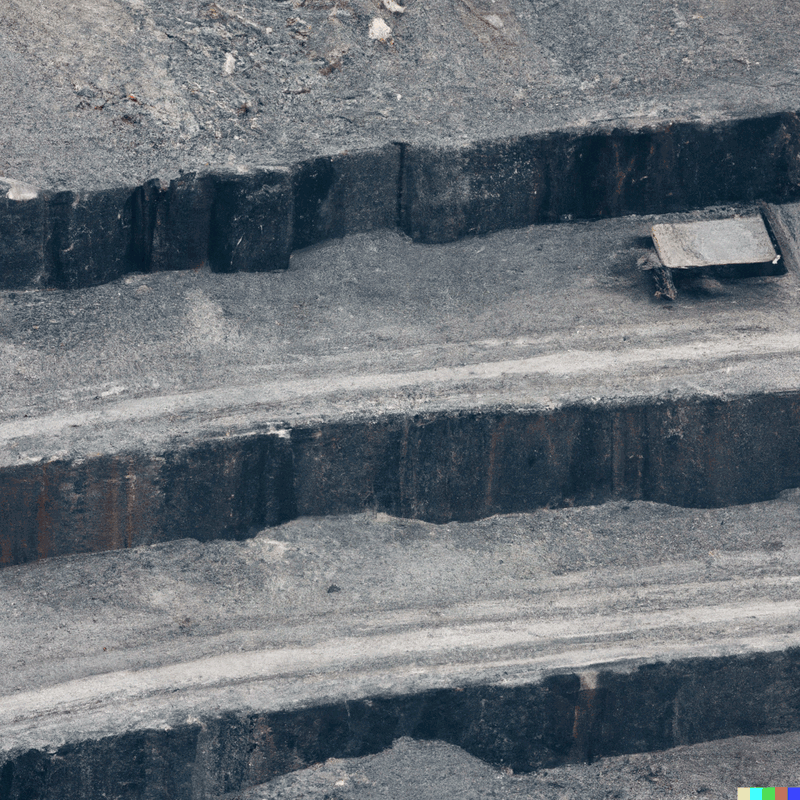The resurgence of copper mining in recent years, particularly in the United States, has been a boon for the industry. The demand for copper is rising as it is increasingly used in renewable energy sources and electric vehicles, and the production of the metal is keeping up. However, the industry is facing a new challenge: smelters, the plants that turn raw copper ore into the metal, are struggling to keep up with demand. This is partially due to the fact that the global smelting capacity hasn’t kept up with the increase in mining production. This means that many of the newly mined copper ore is being stockpiled, which could lead to supply disruptions in the future.
To address this issue, many companies are investing in new smelting capacities, often in countries where labor costs are lower than in the United States. This is the case with Freeport-McMoRan, a major copper producer, which has recently opened a new smelter in Peru. Other companies are investing in technology to improve the efficiency of their existing smelters. The copper industry is also looking at ways to recycle copper, which could reduce the need for new smelters. Recycling copper helps reduce the amount of energy needed to make the metal, which could help lower costs and improve the industry’s environmental footprint. Overall, the copper industry is growing, but the challenge now is for smelters to keep up with demand. With investments in new smelting capacity, technology upgrades, and recycling, the industry should be able to meet the growing demand for copper.
Even existing capacity has been constrained. Chinese smelters have experienced increasing disruptions in recent years, including from power outages and government efforts to reduce energy intensity and consumption, said Xu Yulong, deputy general manager at China Copper International Trading Group.
When Chinese smelter representatives met executives at top mining companies this week in Singapore to negotiate next year’s supply agreements, officials from China Copper highlighted the ongoing disruptions, including a scheduled cut in processing due to a planned relocation of a smelter in the Yunnan province, according to two people familiar with the talks.
Energy transition
The consensus that mine supply and smelting capacity will be mismatched for some time to come could still turn out to be wrong — and it wouldn’t be the first time that traders have been wrongfooted by what seemed a sure thing in the copper market.
Miners could face unforeseen difficulties raising production. China’s smelters may be able to process more than anticipated. A sharp global economic downturn would hit demand for copper and leave smelters idle.
And even if the short-term outlook is for plentiful supplies of copper ore, few are expecting the mismatch to last. Three major new smelters outside China are planned for the second half of 2024, by Adani Enterprises Ltd. in India, Freeport McMoRan in Indonesia and Ivanhoe Mines Ltd. at its Kamoa-Kakula mine in Democratic Republic of Congo.
Big miners, meanwhile, are warning of a significant supply shortfall starting around the middle of the decade, with not enough new projects to keep pace with demand that is projected to boom thanks to the energy transition away from fossil fuels.
In a speech at a gala dinner in Singapore this week, Maximo Pacheco, chairman of Chile’s state copper company Codelco, said he expects a surplus in the short term. But he warned: “Over the medium term the reality will be the opposite — demand will far outstrip supply.”
